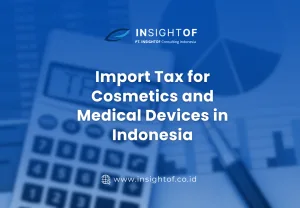Medical devices that do not meet standards and/or requirements may be subject to sanctions in the form of an order to withdraw from circulation and then be destroyed. The withdrawal of Medical Devices aims to protect the public from Medical Devices that can endanger the safety and health of users or the public. Producers, Distributors and Importers are responsible for implementing the withdrawal and destruction of medical devices that do not meet the requirements.
The recall of medical devices is carried out on medical devices and household health supplies with the following criteria:
- Does not meet the requirements for safety, quality and efficacy for use
- Has expired
- Illegal products (fake or do not have a distribution permit)
- The distribution permit is no longer valid
- Produced and/or imported not in accordance with the provisions of laws and regulations
- Produced, imported and distributed have the risk of causing disease and injury; and/or
- Labeling that does not comply with the approved permit, according to the risk analysis of the impact on health
The types of recall actions for Medical Devices are classified based on the identification of the impact of health risks to users. The classification is divided into 3 (three) classes:
- High risk, is a recall action carried out if the product is identified as having damage that is potentially life-threatening and causes serious health risks.
- Medium risk, is a recall action carried out if damage is identified to the product that causes disease or maintenance errors but poses a medium risk.
- Low risk, is a recall action carried out if damage is identified to the product that does not endanger health but requires a recall and the resulting risk is a low risk.
Reference:
Regulation of the Director General of Pharmaceuticals and Medical Devices on Procedures for the Recall and Destruction of Medical Devices and Household Health Supplies
https://link.kemkes.go.id/PenarikanAlkes








